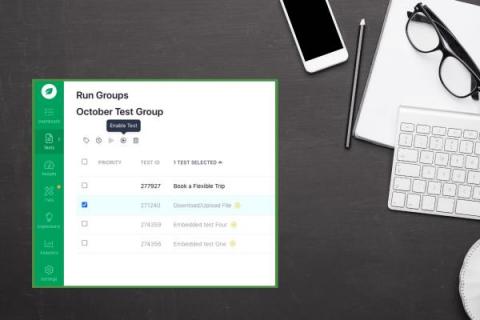Automated Functional Testing 101: How & When to Start
Manually testing an application is time-consuming, costly, and difficult to scale as your application grows: as you add more features to your application, you have to add more functional tests. And getting those additional tests done usually means adding headcount. Automated functional testing can speed up the testing process, provide more consistent results, and give one person the ability to manage the testing workload of five or more manual testers.




